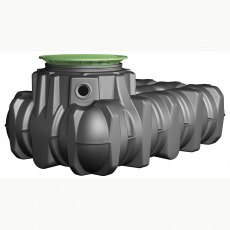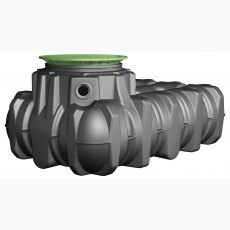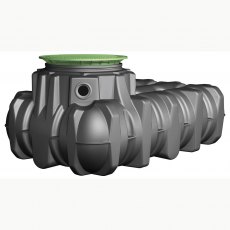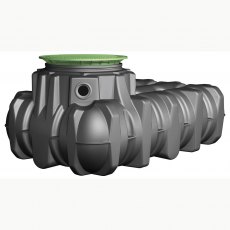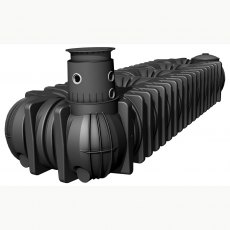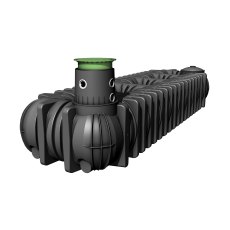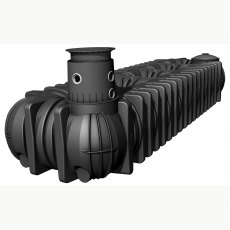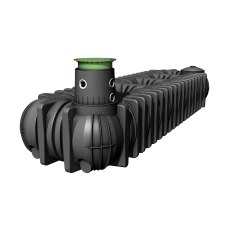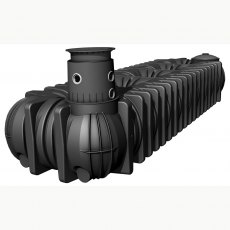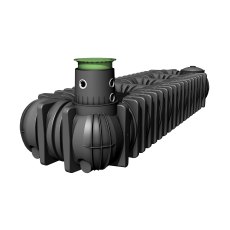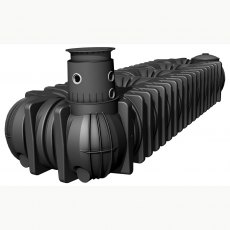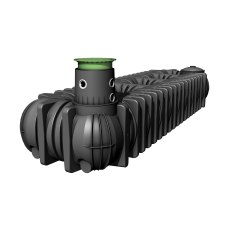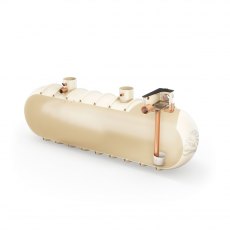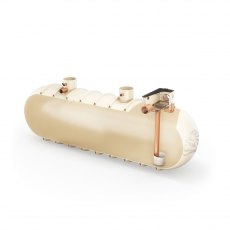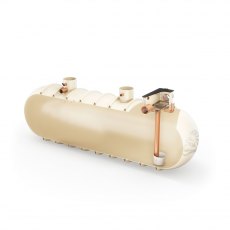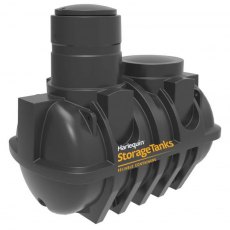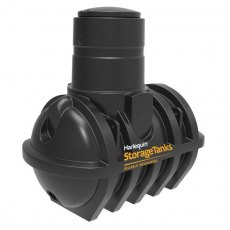Underground Water Tanks FAQs
Do I need planning permission for an underground water tank?
The need for planning permission for an underground water tank depends on various factors, and it's important to be aware of the specific regulations in your area. Typically, if the underground water tank is considered a "permitted development" you may not require planning permission. However, there are key considerations to keep in mind.
If your property is in a designated area, such as a conservation area or national park, there may be stricter regulations regarding construction, which could affect installing your underground water tanks. It's advisable to check with your local planning authority to determine if there are any specific rules or restrictions that apply to your property.
Smaller tanks for personal use are less likely to require planning permission, while larger tanks that could significantly impact your property or the surrounding area may trigger the need for approval. The specific size thresholds can vary by region, so it's crucial to consult with local authorities or planning experts.
Tanks used for rainwater harvesting, garden irrigation, or other non-commercial, non-industrial purposes are generally subject to fewer regulations than tanks used for more extensive operations or purposes. If you plan to use the tank for commercial or industrial applications, additional permits and regulations may apply.
How much does is typically cost to put in an underground water tank?
The cost of installing an underground water tank can vary significantly depending on several factors. Smaller tanks designed for residential use will generally cost less than larger tanks intended for commercial or industrial applications. The material and type of tank you choose will also play a significant role in cost. Expect to pay more for high-quality, long-lasting tanks.
The method and complexity of installation can greatly affect the cost. Installing an underground tank may require excavation, additional site preparation, backfilling, and proper sealing. If you're planning to install the tank yourself, you might save on labour costs, but it's essential to ensure that the work meets safety and environmental standards. If your property has challenging terrain, rocky soil, or other obstacles, the installation cost may increase. Access to your property, as well as any necessary permits or inspections, can also contribute to the overall expense.
Additional features, such as filtration systems, pumps, and monitoring equipment, can add to the cost too. These components can enhance the functionality and efficiency of your underground water tank but come with their own price tags.
We’d advise obtaining multiple quotes from reputable installers and account for any additional costs such as maintenance, ongoing water quality testing, and compliance with local regulations. By doing so, you can get a more accurate estimate of the total cost to install an underground water tank that meets your requirements.
Where is the best place to install an underground water tank on your property?
Placing the tank close to where you'll need the water reduces the need for extensive piping and minimises energy loss from pumping water over long distances. The tank should be installed in an area where it can be reached easily for any necessary repairs, inspections, or routine maintenance, and its location should allow for proper ventilation and access points to ensure safe entry when required.
Consider the water table level, as you'll want to avoid placing the tank in an area prone to flooding. Additionally, in areas with frost or extreme cold temperatures, it's advisable to install the tank below the frost line to prevent freezing. The soil type can also influence the tank's installation, as some soils may require more significant reinforcement to support the tank's weight.
Be sure to check with your local planning authority for any building or environmental regulations that might dictate where the tank can be placed. There may be specific setback requirements from property lines or structures, which could affect the tank's location on your property.
How deep should an underground water tank be?
The ideal depth for an underground water tank depends on several factors, including local climate conditions and the purpose of the tank. In general, underground water tanks are typically installed at a depth substantial enough to help protect the tank from temperature fluctuations, prevent freezing in colder climates, and ensure stability. It is crucial to install the tank below the frost line to prevent the water from freezing. The frost line varies by location, so it's essential to consult with local authorities and professionals to determine the correct depth for your area. Installing the tank below this level ensures that the water remains unfrozen, maintaining the tank's integrity and preventing potential damage. If the water table is high in your area, it's important to ensure the tank is installed deep enough to prevent it from floating during periods of high groundwater. Additionally, the soil type may influence the tank's installation, as certain soils might require more reinforcement to support the tank's weight at a specific depth.
For rainwater harvesting or irrigation purposes, the tank can often be placed shallower, while tanks used for potable water may require deeper installation to meet water quality standards and ensure water safety.

 Login
Login
